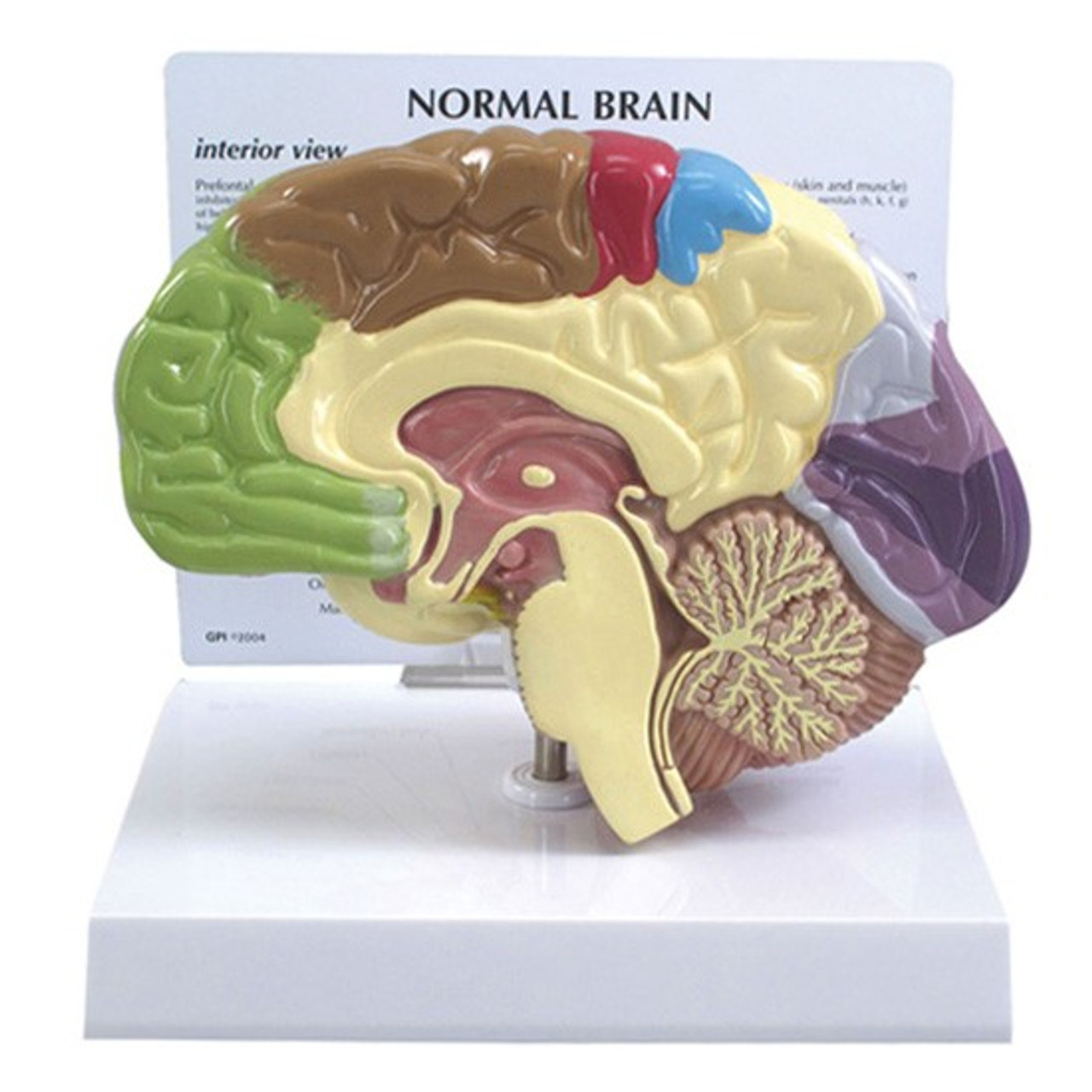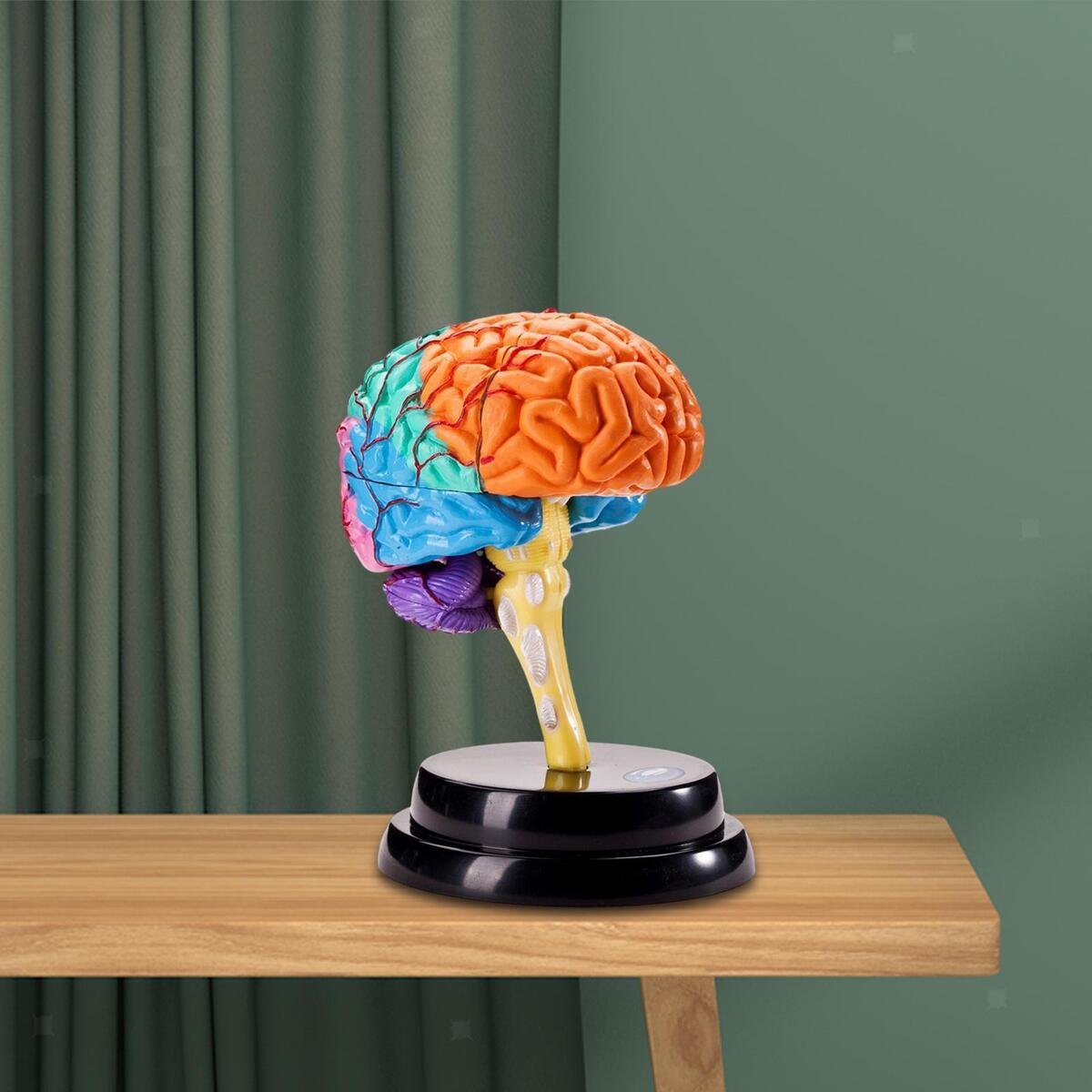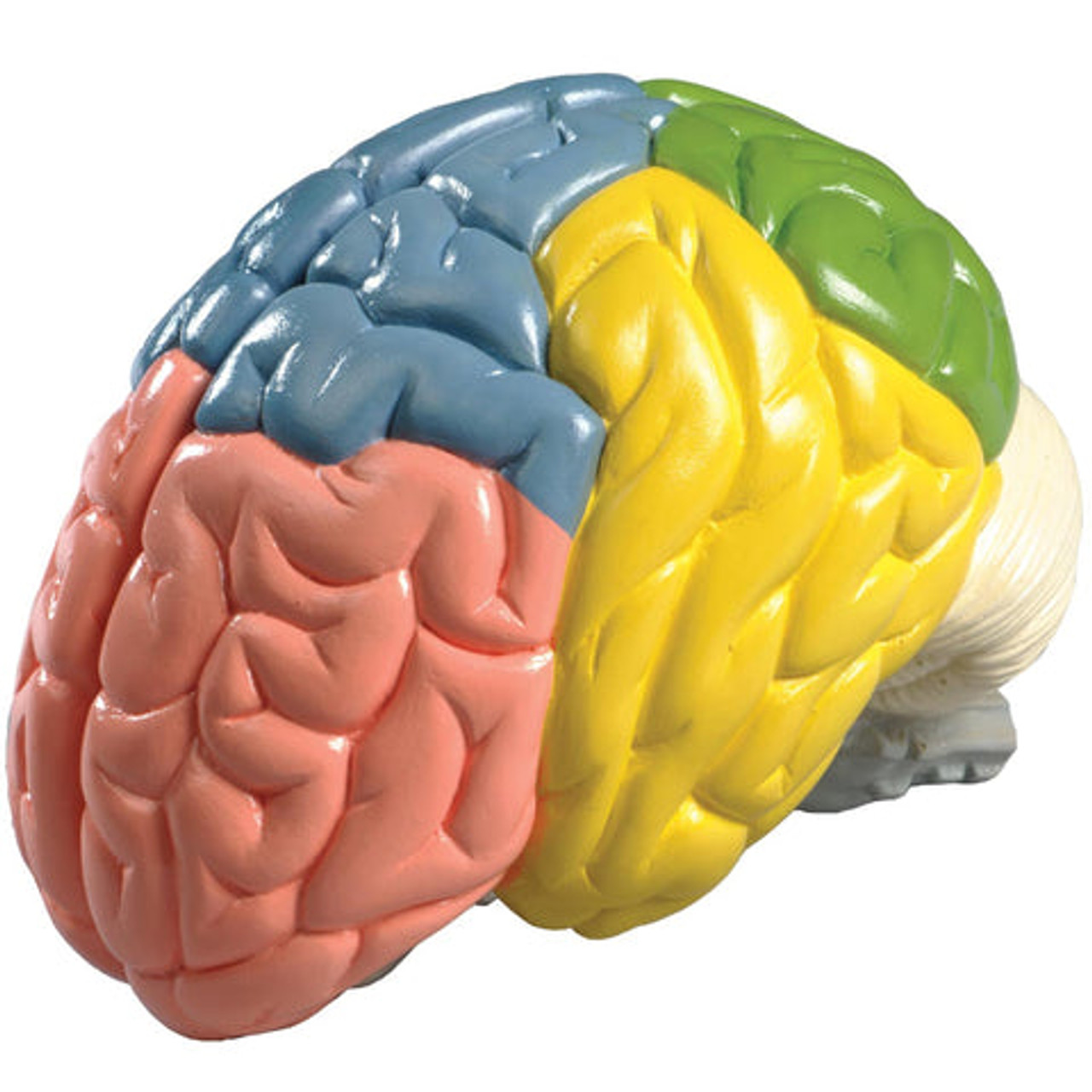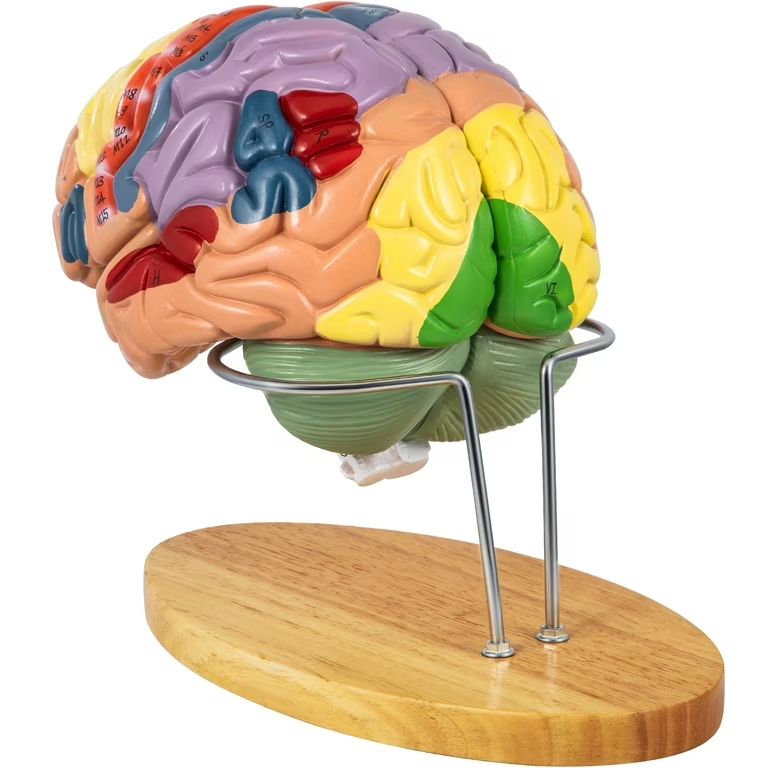Overview of LSD
Lysergic acid diethylamide, known as LSD, was first synthesized in 1938 by Swiss chemist Albert Hofmann. Initially developed as a respiratory and circulatory stimulant, its profound psychedelic effects were discovered accidentally by Hofmann himself five years later. How does lsd work in the brain?This discovery marked the beginning of LSD’s journey in both recreational use and scientific research. Despite facing significant legal and social barriers, LSD has remained a subject of interest due to its powerful ability to alter human perception and consciousness.
Mechanism of Action on the Brain
LSD functions primarily by interacting with serotonin receptors in the brain, specifically the 5-HT2A receptor. How does lsd work in the brain?Upon ingestion, LSD mimics serotonin, a key neurotransmitter involved in the regulation of mood, cognition, and perception. This interaction leads to an enhanced release of glutamate, the primary excitatory neurotransmitter in the brain. The glutamate activates pathways that lead to changes in brain connectivity, altering thought patterns, sensory perception, and emotional states. Researchers have found that this action disrupts the normal function of the thalamus, which acts as a gatekeeper for sensory and motor signals. Consequently, this disruption allows sensory information to flow more freely across the brain, unfiltered, which contributes to the vivid and often surreal experiences reported during an LSD trip.

Understanding Brain Connectivity Changes
LSD notably impacts brain connectivity. How does lsd work in the brain?This section explores how it interacts with serotonin receptors and various brain networks, enhancing our understanding of its profound effects.
The Role of Serotonin Receptors
LSD’s primary action in the brain involves serotonin receptors, particularly the 5-HT2A receptor. By mimicking serotonin, a key neurotransmitter, LSD binds to these receptors. This binding significantly alters brain function, enhancing glutamate release. This interaction catalyzes widespread changes in neural connectivity, influencing mood, perception, and cognition.
Connection to Various Brain Networks
Beyond individual neurotransmitters, LSD affects broader brain networks. For instance, studies using advanced imaging techniques like MRI have shown that LSD increases connectivity across the brain. This enhanced connectivity links regions that do not normally communicate directly. Such unusual communication between brain networks might explain the unique sensory experiences, such as synesthesia, reported during an LSD trip. This comprehensive connectivity could be crucial in studying and potentially leveraging LSD’s effects for therapeutic practices, particularly in psychological treatments.
Visual and Sensory Effects of LSD
LSD produces profound visual and sensory effects on users. How does lsd work in the brain?Understanding these effects helps in deciphering the complex interactions LSD has with the brain.
Inducing Visual Hallucinations
LSD’s impact on the brain often leads to visual hallucinations. These are vivid, often intense visual experiences that do not correspond to reality. Studies suggest that LSD increases blood flow to the visual cortex of the brain. This area processes visual information. When LSD enhances connectivity in this region, it causes unusual patterns and images perceived as hallucinations. Users report seeing shapes, colors, and patterns that are not present. These visual effects are a key characteristic of an LSD experience.
The Experience of Synesthesia
LSD can also induce synesthesia, a condition where senses blend. Users might ‘see’ sounds or ‘hear’ colors. This occurs when LSD disrupts the normal brain communication pathways. By connecting areas that handle different senses, LSD allows for these unique sensory experiences. Researchers believe that understanding synesthesia could unlock new treatments for sensory processing disorders. This blending of senses is intriguing and highlights the extensive effect of LSD on sensory perception.

The Extended Duration of LSD Effects
LSD trips can last for many hours, even an entire day. Understanding why these experiences extend for such long periods is vital in comprehending LSD’s powerful impact on the brain.
Factors Influencing LSD’s Long-Lasting Impact
Several elements determine the duration of an LSD trip. Dosage, individual brain chemistry, and overall mood play significant roles. The environment and a person’s expectations can also affect how long and intense the experience will be. Researchers point out that the compound’s interaction with serotonin receptors contributes to the prolonged effects as well. This interaction disrupts signal patterns in the brain, which can extend the experience’s duration.
The Role of the ‘Lid’ Mechanism in LSD Binding
A key factor in LSD’s lasting effect is a unique aspect of how it binds to serotonin receptors. The ‘lid’ mechanism, discovered by UNC School of Medicine researchers, illustrates this perfectly. LSD has a high affinity for serotonin receptors. Once in place, part of the receptor folds over the LSD molecule like a lid. This lid secures the molecule, making it harder for LSD to detach. Postdoctoral researchers found that this lid action significantly prolongs LSD’s engagement with the receptor. Consequently, this extended binding is a primary reason the drug’s sensory and visual effects have such a lasting impact.
Potential Therapeutic Uses of LSD
LSD in Psychological Research and Treatment
Recent studies suggest LSD could revolutionize psychological research and treatment.How does lsd work in the brain? Due to its capacity to alter brain connectivity, researchers believe LSD might help in understanding complex brain disorders, especially those related to mood and perception. It appears LSD’s interaction with serotonin receptors could transform conventional treatment approaches by enabling more profound psychological introspection, thus aiding therapy for disorders such as depression and PTSD. Some studies have linked LSD to significant reductions in anxiety, particularly in life-threatening conditions, where traditional therapies have failed. This points to potential breakthrough applications in mental health care.
From Mind Exploration to Clinical Applications
The journey of LSD from a mind-expanding recreational drug to a possible therapeutic marvel is gaining credibility. As its impact on the brain becomes better understood through advanced imaging techniques and molecular research, LSD shows promise beyond mere psychedelic experiences. Clinical trials are considering how microdosing LSD can potentially alleviate symptoms of various psychiatric disorders without inducing the full hallucinogenic effects. This approach could pave new paths for treating chronic mental health issues. There is ongoing research exploring whether LSD can restructure brain connectivity patterns permanently, leading to long-lasting relief from certain mental health challenges.

Recent Scientific Developments
The study of LSD has advanced with the use of modern imaging technologies. Insights into how LSD affects brain activity and connectivity continue to emerge, transforming our understanding.
Advanced Imaging Techniques and Findings
Innovative imaging methods have unveiled LSD’s effects on the brain. Functional MRI (fMRI) scans reveal increased connectivity between brain regions. These connections may explain the intense sensory experiences reported by users. Studies also show heightened activity in the visual cortex, correlating with the vivid hallucinations characteristic of an LSD trip.
Magnetoencephalography, another imaging tool, captures changes in brain waves during LSD use. It helps track how the drug alters consciousness and perception. Findings support LSD’s ability to affect various brain networks, offering a window into its complex interactions within the brain.
The Future of LSD Studies in Neuroscience
Future research will likely focus on LSD’s potential in treating psychiatric disorders. Scientists are exploring the therapeutic effects of microdosing, which involves low doses of LSD. This approach aims to benefit mental health without causing significant alterations in perception. Ongoing studies are essential to unlock LSD’s full potential in neuroscience. They offer hope for new treatments for mood and perception disorders. Continued advancements in imaging technology will play a crucial role in furthering this research.

Conclusion: Understanding the Intricacies of LSD’s Effect on the Brain
The fascinating interplay between LSD and the brain unveils a complex tapestry of neurochemical processes that contribute to the psychedelic experience. As an agonist of serotonin receptors, particularly the 5-HT2A receptor, LSD alters the typical pathways of perception, emotion, and cognition, leading to its characteristic effects. This modification of serotonin transmission plays a pivotal role in generating vivid visual hallucinations, altered states of consciousness, and profound shifts in mood.
Additionally, LSD impacts the default mode network (DMN), a brain network associated with self-referential thought and the ‘ego’. Disruption of the DMN has been linked to experiences of ego dissolution, a hallmark of many psychedelic journeys. This alteration may foster a sense of interconnectedness with oneself and the universe, promoting introspection and enhancing creativity. Furthermore, the profound emotional insights reported by many users could be attributed to the drug’s ability to facilitate neural connectivity, allowing for enhanced communication between disparate regions of the brain.
While the subjective experiences induced by LSD can be transformative, they also carry potential risks, including psychological distress and the possibility of triggering latent mental health issues. Responsible use, accompanied by thorough understanding and preparation, is crucial for those exploring these substances either in therapeutic contexts or personal exploration.
In conclusion, a deeper comprehension of LSD’s mechanisms in the brain not only enriches our understanding of its effects but also highlights the ongoing debate surrounding its therapeutic potential. As research into psychedelics continues to evolve, we are likely to gain further insights that could reshape our approach to mental health, addiction, and the quest for greater human consciousness. Through careful study and responsible discussion, we may unlock the profound possibilities that such substances hold in our quest for understanding the mind and, ultimately, ourselves.
